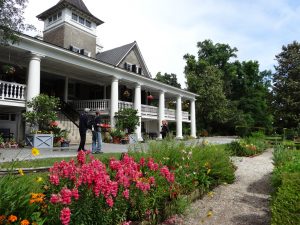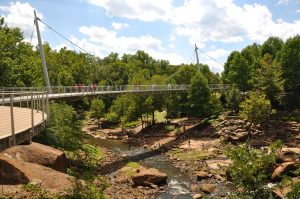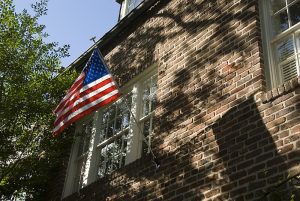Gullah cuisine was birthed out of the Gullah-Geechee community. These West African Slave Descendants farmed the rice plantations of the Lowcountry … [Read more...] about Five Gullah Recipes For Your Next Meal
Culture
Plantation Houses Of South Carolina
Following the Colonization of the Americas by European settlers, it was the moneyed elite that was either given the land to farm by the crown or used … [Read more...] about Plantation Houses Of South Carolina
Is Greenville The Best Place To Live In South Carolina?
For a long time, it seemed as if Boulder, Colorado was the place where we should be all living. All the country’s major newspapers and travel and food … [Read more...] about Is Greenville The Best Place To Live In South Carolina?
Five Must Do Tours In Charleston
After having won Travel and Leisure Magazines readers' award for the best city in America two years in a row, we thought we would take a look at what … [Read more...] about Five Must Do Tours In Charleston



